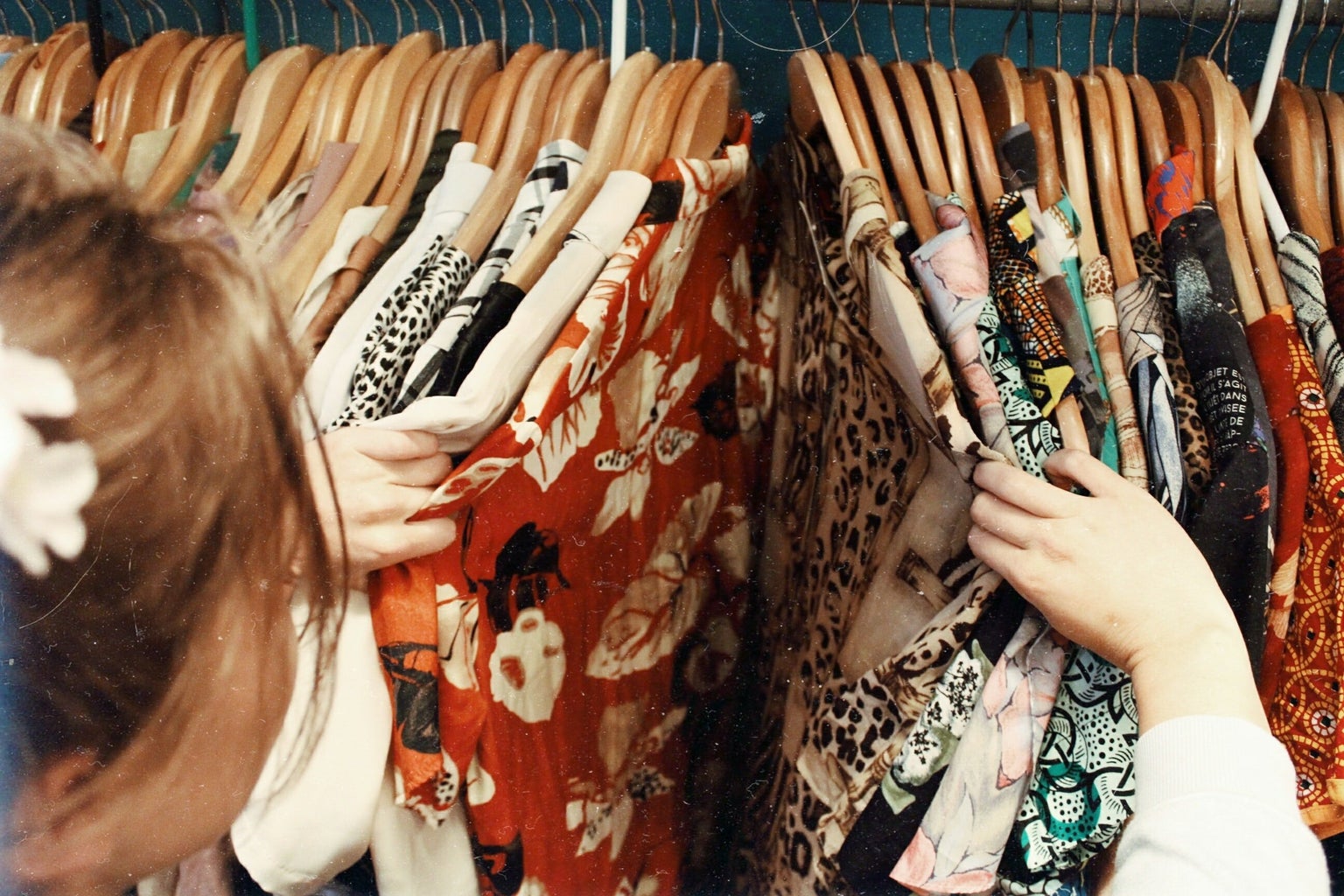The phrase ‘y2k’ paints an image of glitz and glamour, low-rise jeans and Bratz dolls; of tiny bags and tinier skirts; and of over-accessorising. Though not untrue, y2k used to more commonly refer to the problem of the year 2000 – the fact that errors in programming and the storage of calendar data meant that there were issues in displaying dates beyond the 31st of December 1999. Consequently, conspiracy took control and people began to predict an apocalypse, a fear which I believe we can see reflected in society during the late 90s through to the early 2000s. A period of which has also defined the creation of ‘y2k’ fashion.
A juxtaposition of retro-futurism, the original ‘y2k’ style can be perceived as a fusion of the elements of 90s fashion and ideas of what fashion of the future would look like. Looks became drastically different and editorial, defining a new era of fashion. The contemporary interpretation of ‘y2k’ fashion is far from being an exact replication of the runway and red carpet outfits of the 2000s, rather the revival of particular elements, such as the cuts of clothes and the height of heels. The revival occurred during a time that also felt world-ending: the experience of a widespread disease and a global quarantine, similarly feeling like an apocalypse. The fashion world responded to this once again with a dramatic shift in fashion trends, and a return to maximalism. A growing maximalism and appreciation of opulence was seen with an abundance of accessories and a plethora of layers across outfits.
A fear of the future is not the only similarity between the 2000s society and ours, there is also a similarity in media and responses to celebrity culture. What was once printed on tabloids and magazines, glossy papers decorated in bright pinks have shifted from decadent form to the alternative medium of the internet, in particular social media. Paparazzi shots of celebrities have not ceased, and prints of scandals and rumours flourish on social media, by blind item accounts, such as @deuxmoi. It is now easier than ever to view and browse fashion icons or inspiration due to the fast-paced nature of consumption on apps such as Instagram and TikTok. The difference in our media today is that it is far easier to consume information that influences us, for example the ways in which we choose to dress.
In a world which intensely values individualism, it seems that individualism is becoming more curated through perceiving others. We cannot help but be influenced by others. This was the trigger of influencer culture, which reached its peak during a time when people sought the curation of self. And so, influencer culture presented another opportunity for y2k fashion to make its way into the mainstream. The original icons remain prevalent, for example Paris Hilton, who continues to produce content and maintain a cult following, and still dresses in ways which honour her Juicy Couture tracksuits and bedazzled sunglasses, a popular look from 2000s fashion. Whilst an earlier generation of idols have been able to remain as influential figures, social media has accommodated for more individuals to become influencers. The latest shift in internet trends over the past few months seems to be thanks to @tarayummy, whose following multiplied as a result of an edit in response to Ayesha Erotica’s ‘Yummy’ – a song decorated with references to the early 2000s. Tara’s style reflects the y2k era with similar chunky sunglasses, velour joggers, and sparkling jewellery that we associate with the magazine spreads of the early two thousands. As with every internet ‘it-girl’, Gen Z viewers consume her content and have begun to have a shape themselves according to her style. Therefore, the recent renditions of y2k style have featured influences from cyber, grunge and scene y2k.
The nature of trend cycles means that whatever goes around will almost always come around again. This cyclical structure offers a sense of accessibility towards fashion, giving an opportunity for more people to experiment with their personal style. Despite the inevitable downside of fast fashion companies producing more clothing in an industry fuelled by microtrends, the return of popular styles from previous years can be sustainable in encouraging people to rewear clothes that already exist. Thrifting and hand-me-downs are the ideal shopping choices nowadays, as these clothes are sustainable, affordable and authentic to an era.
At a time where change is so frequent and we are experiencing both excitement and fear for the future, ‘y2k’ fashion is one of the creative ways to respond to the unknown.



